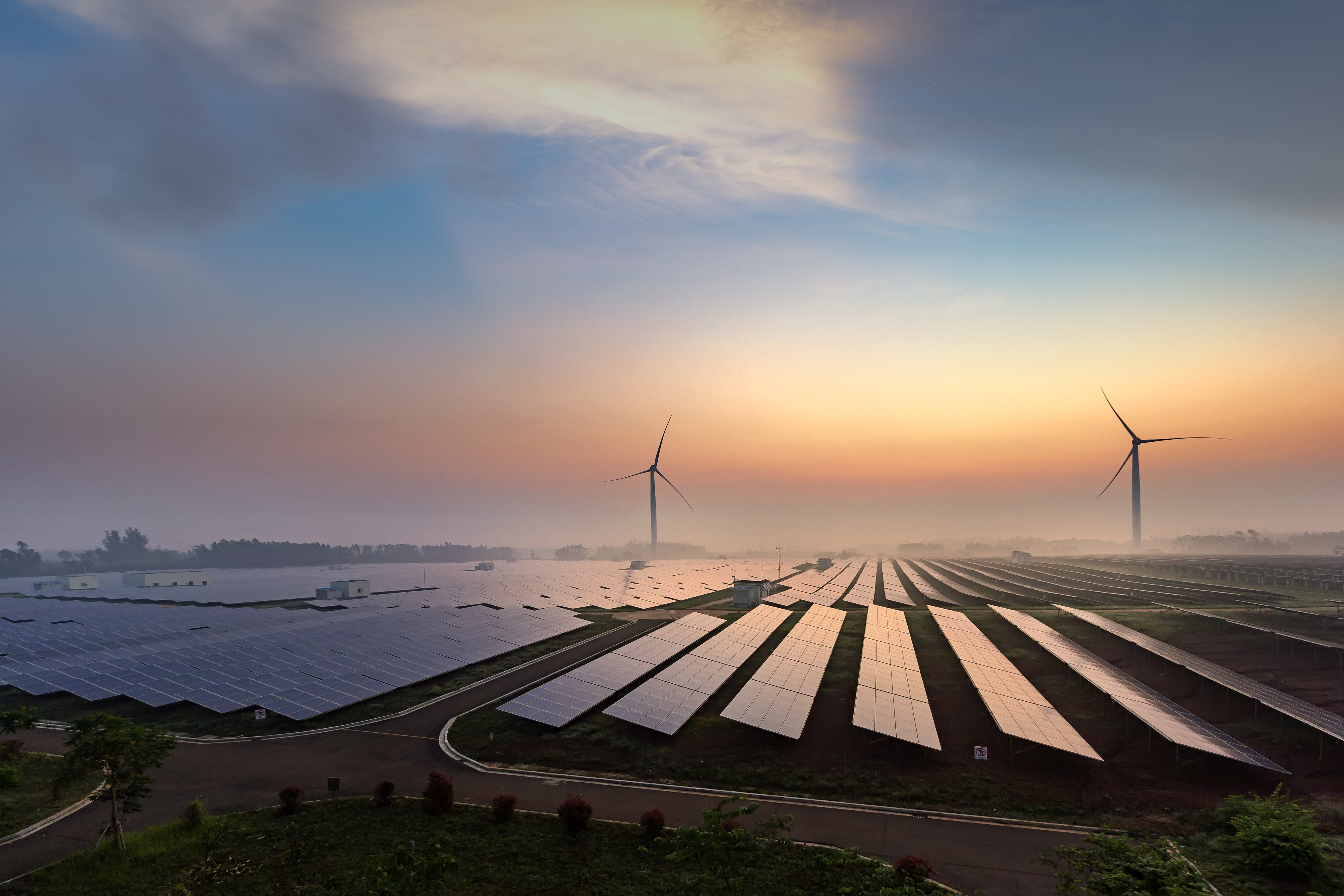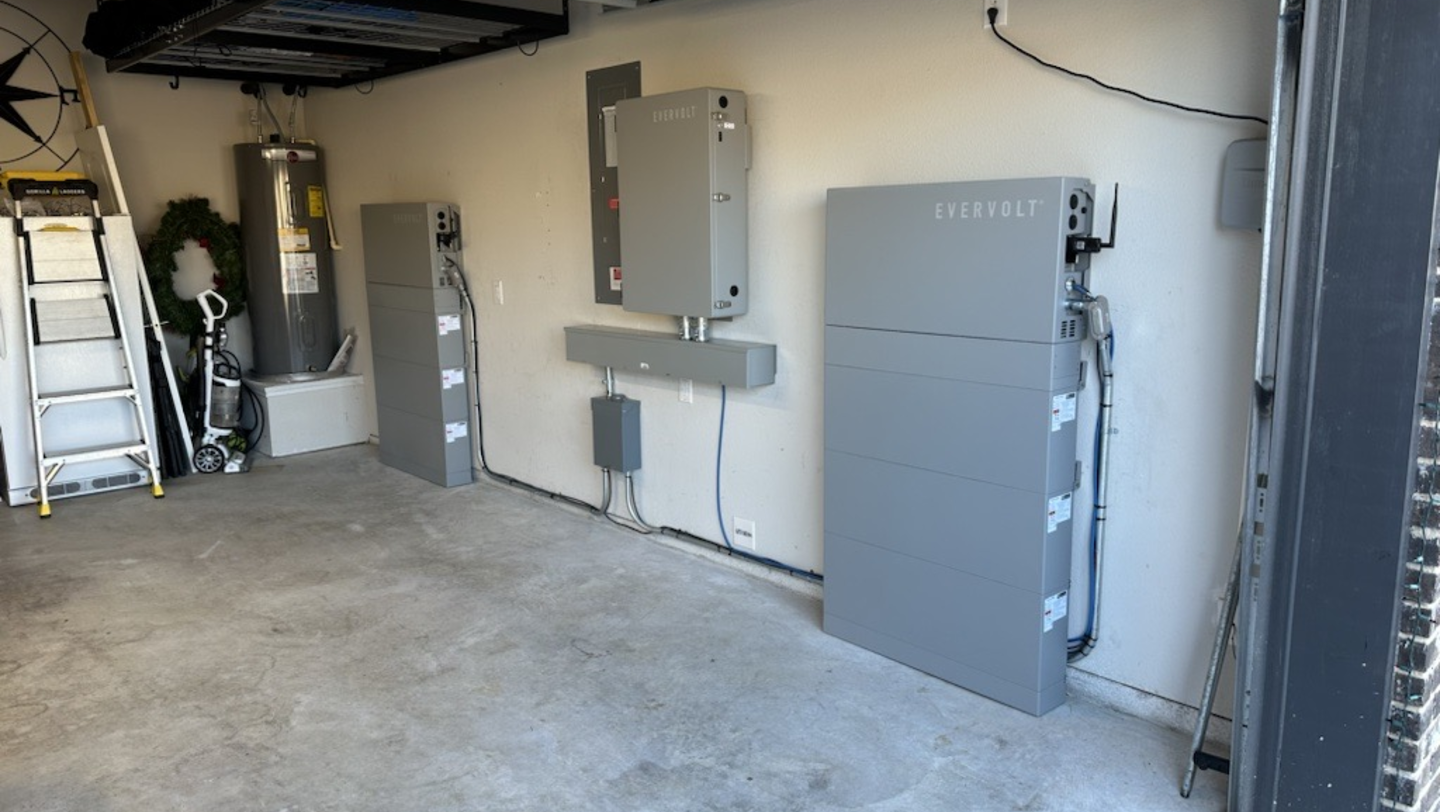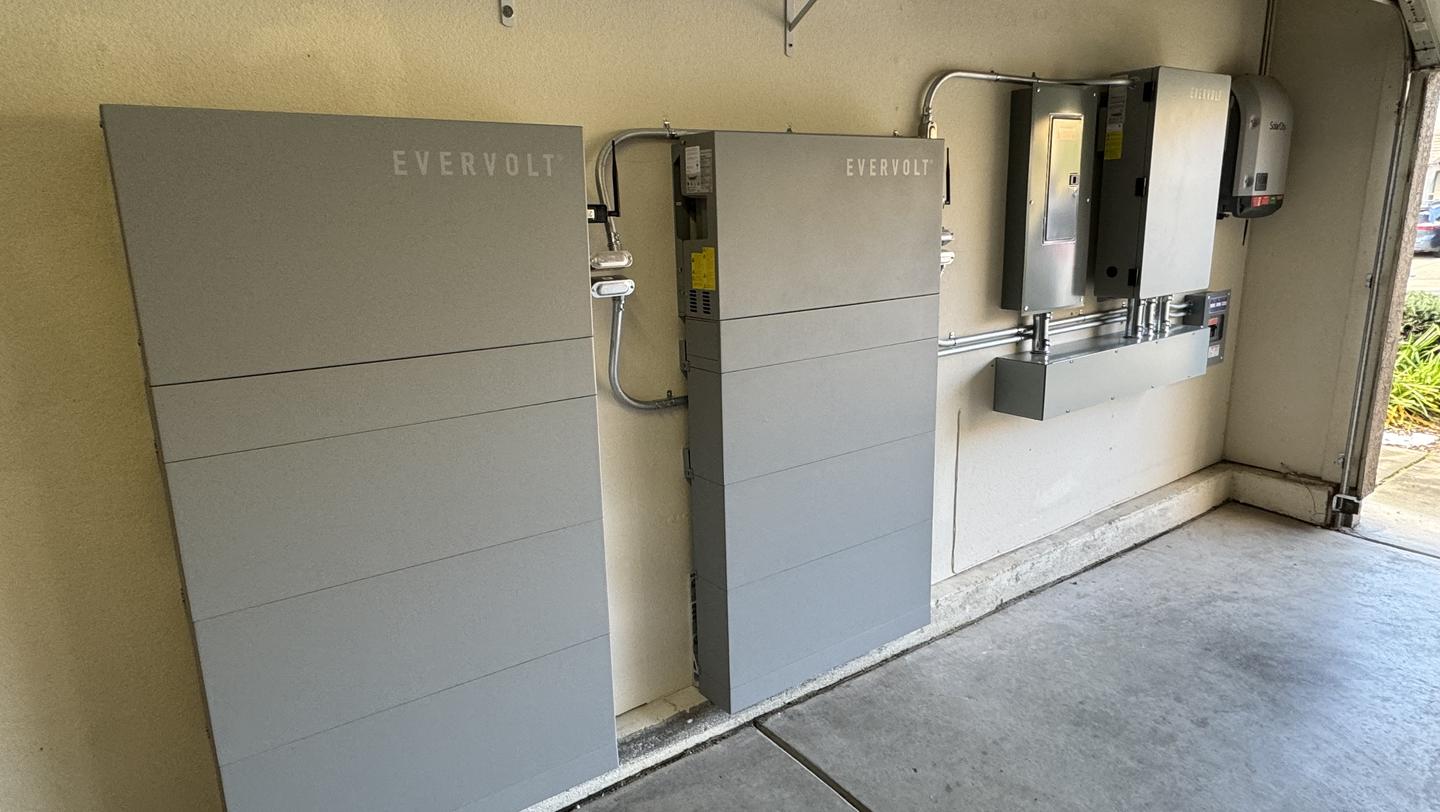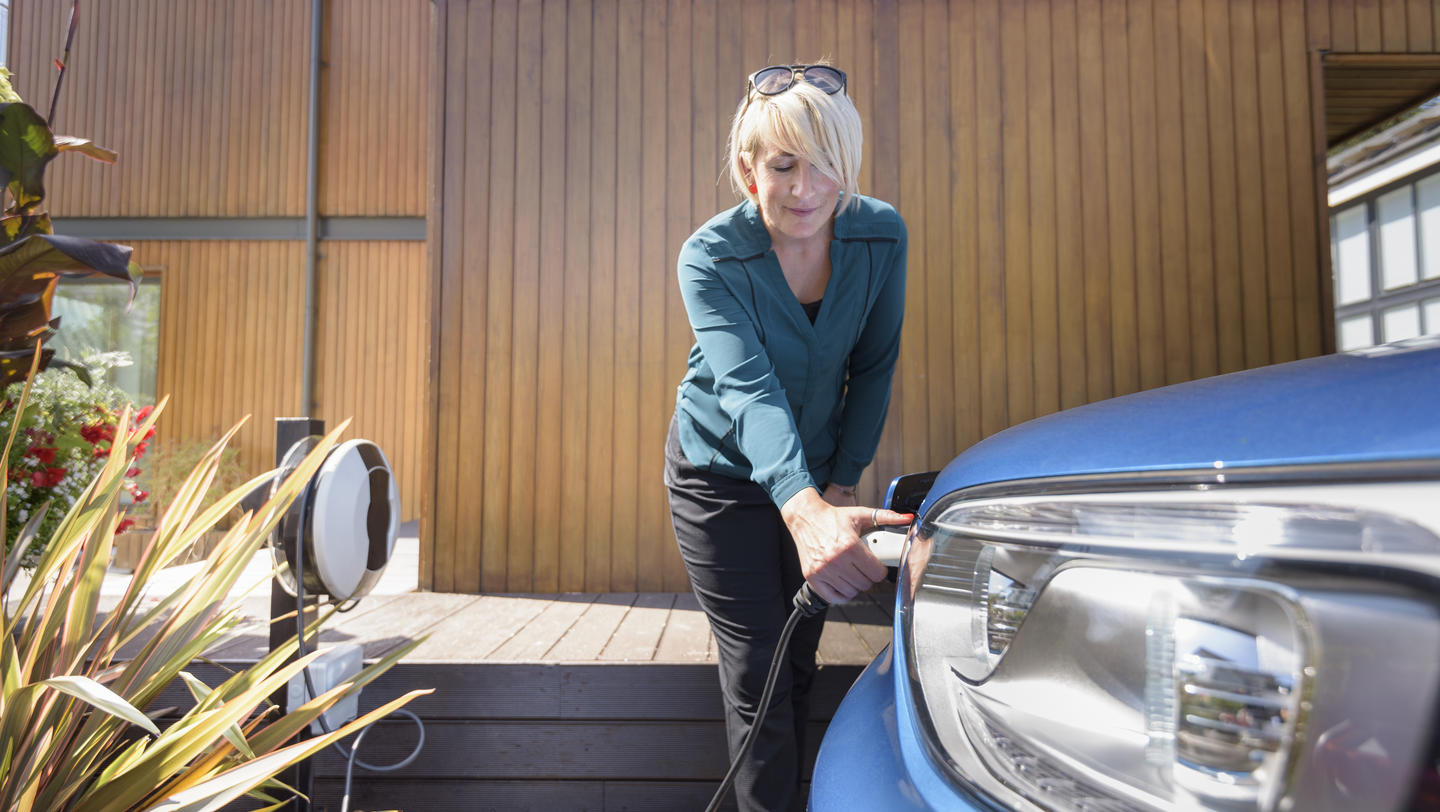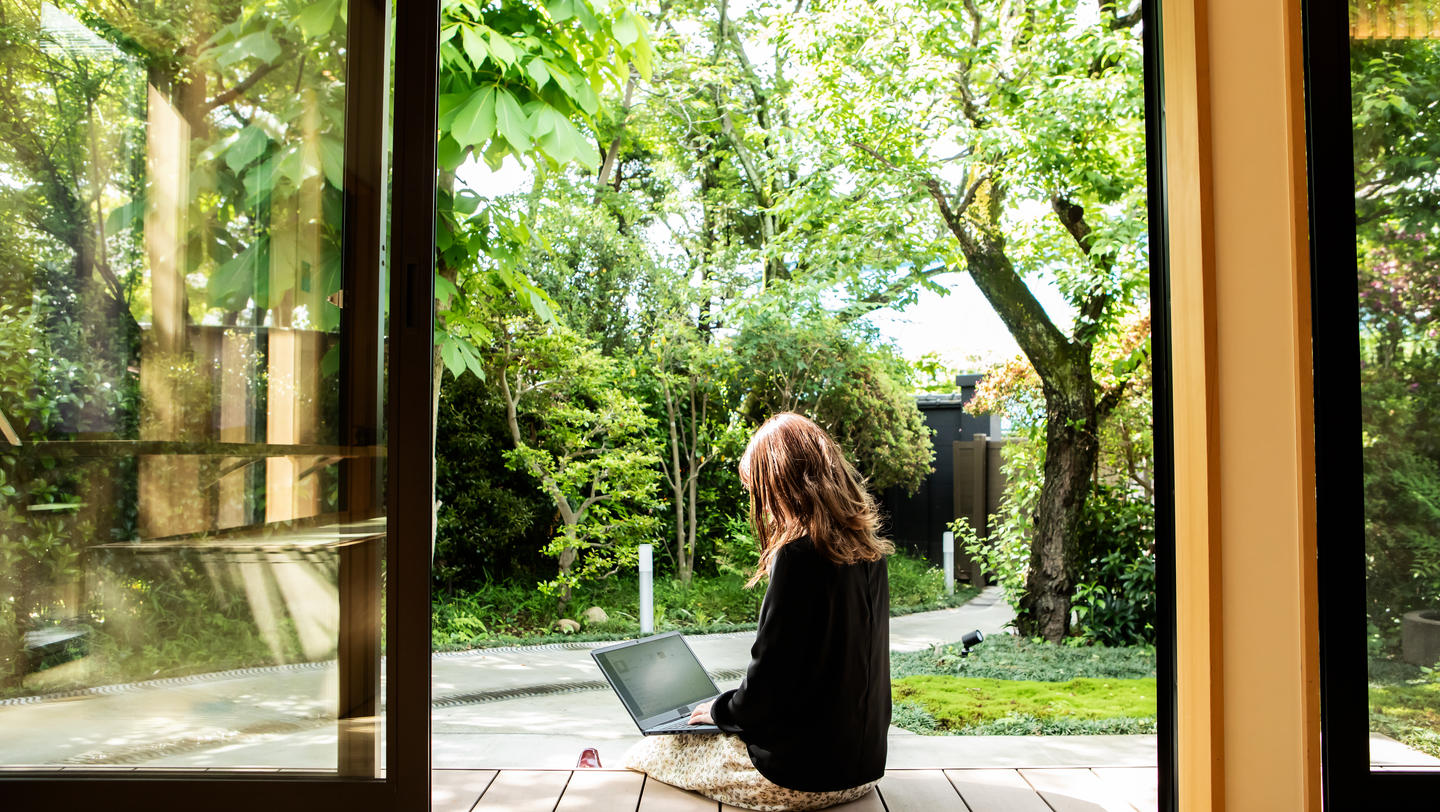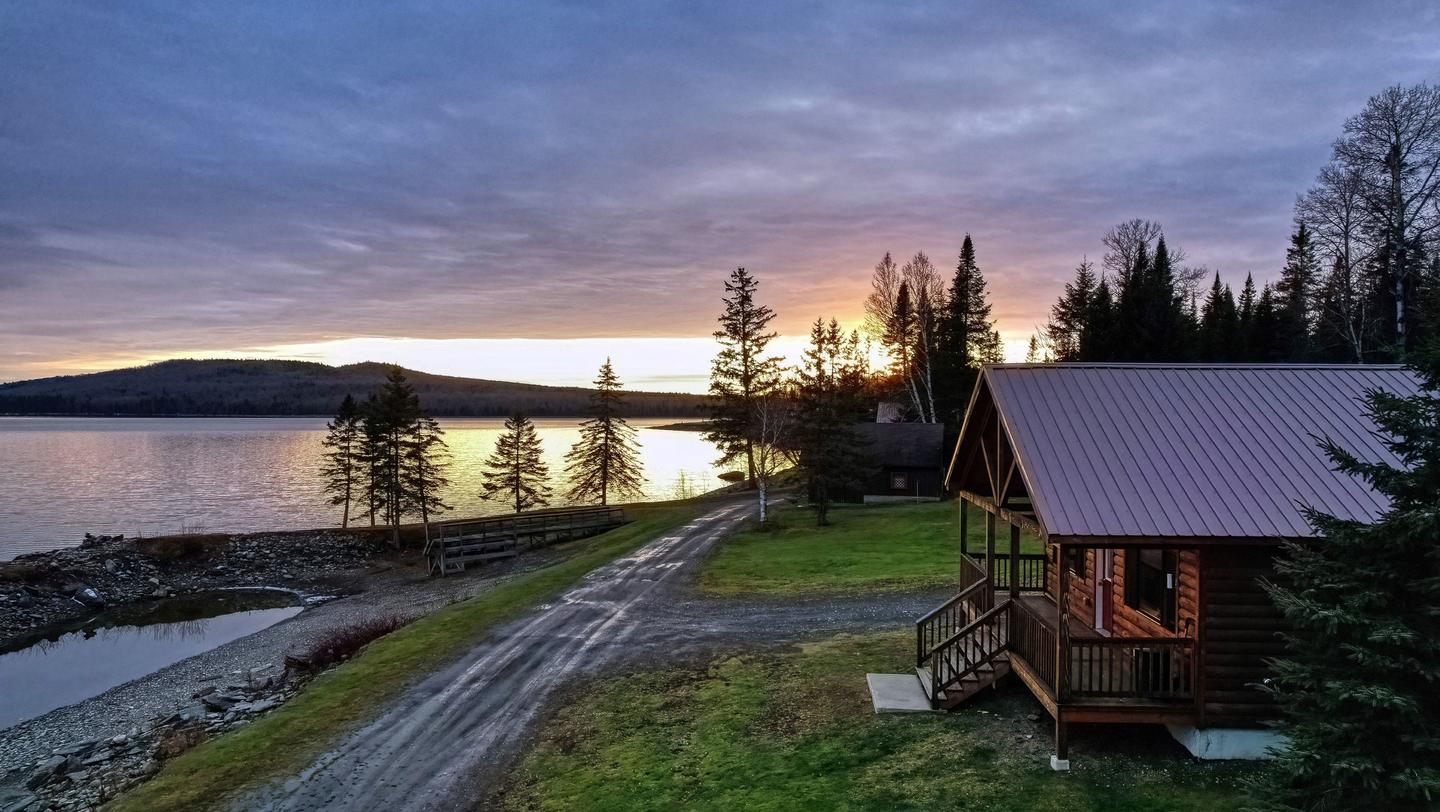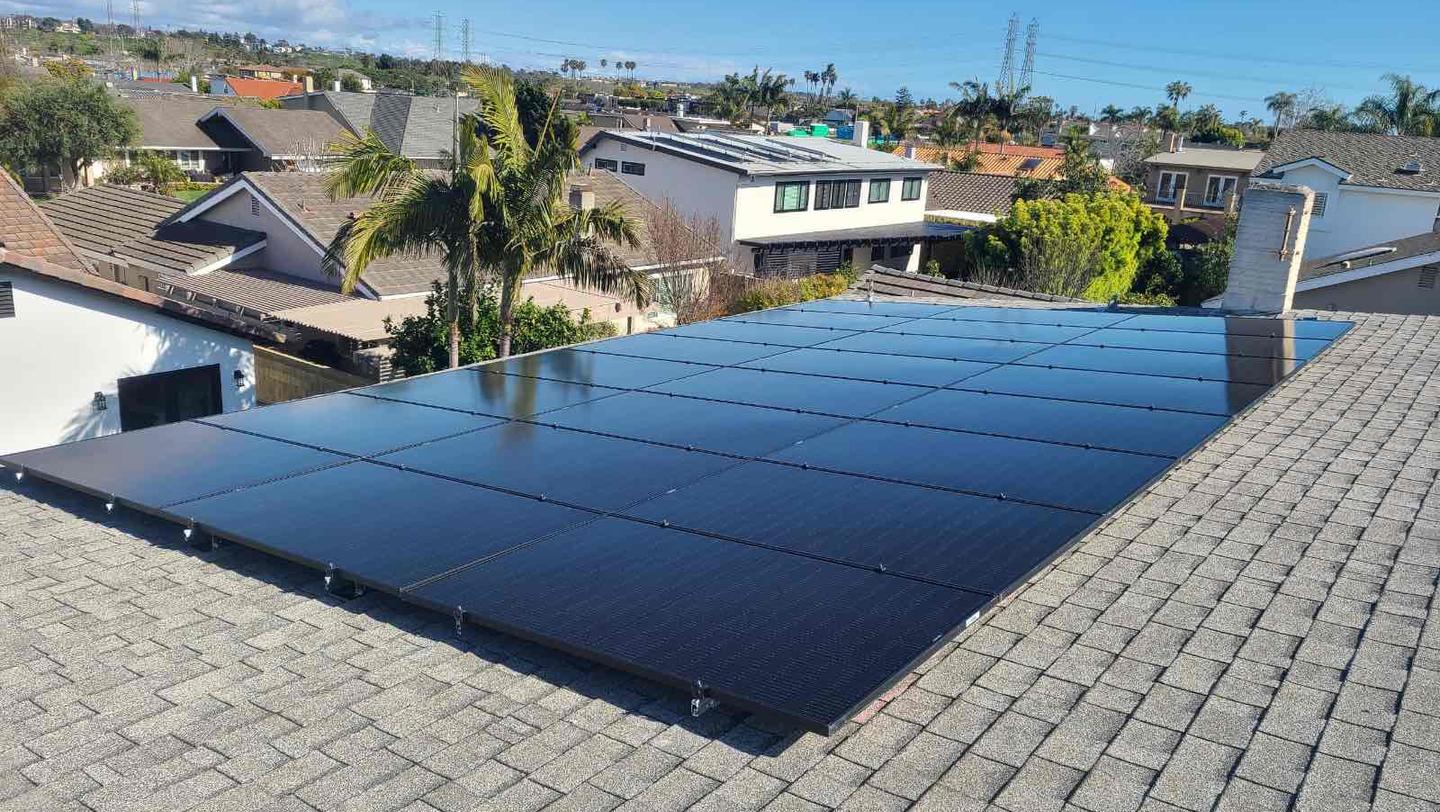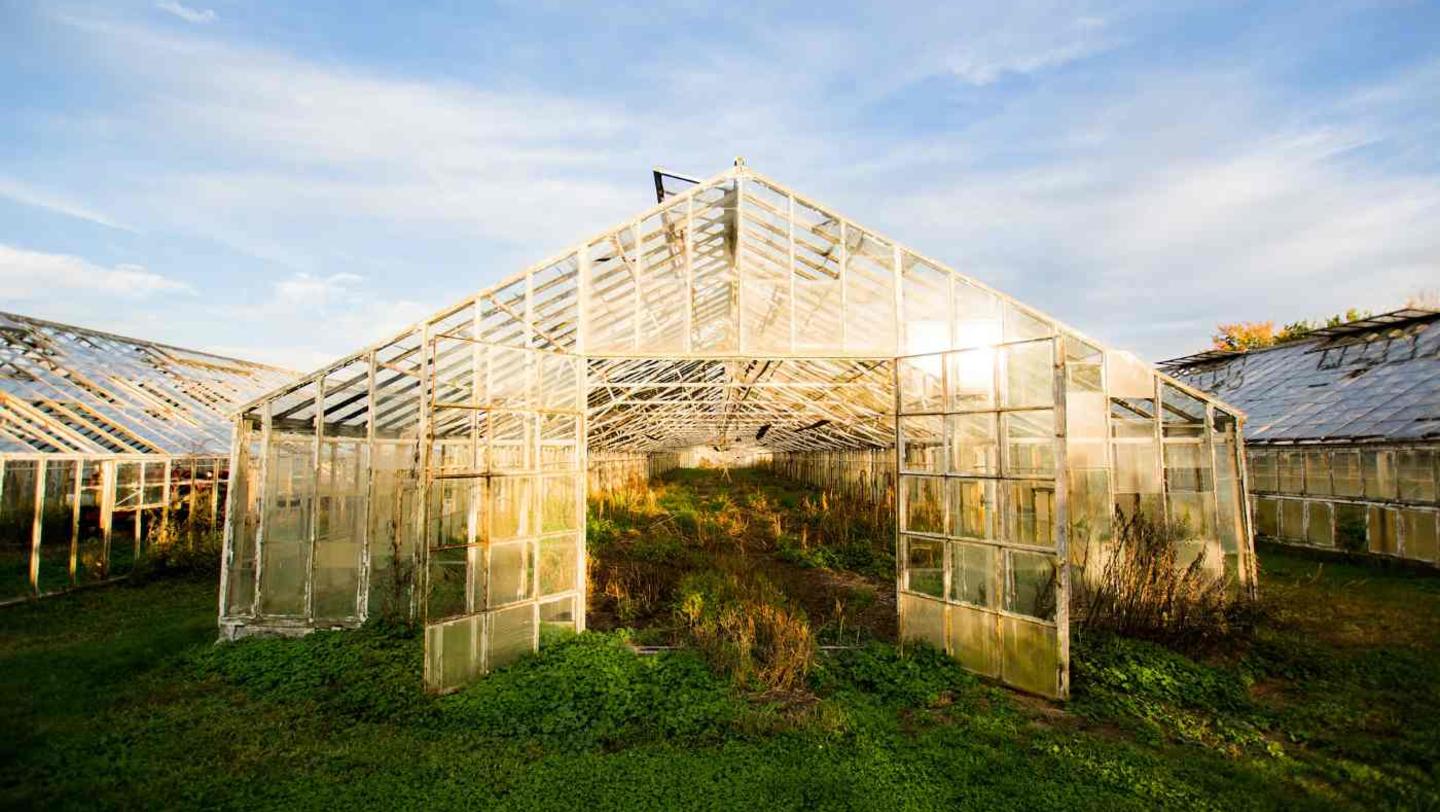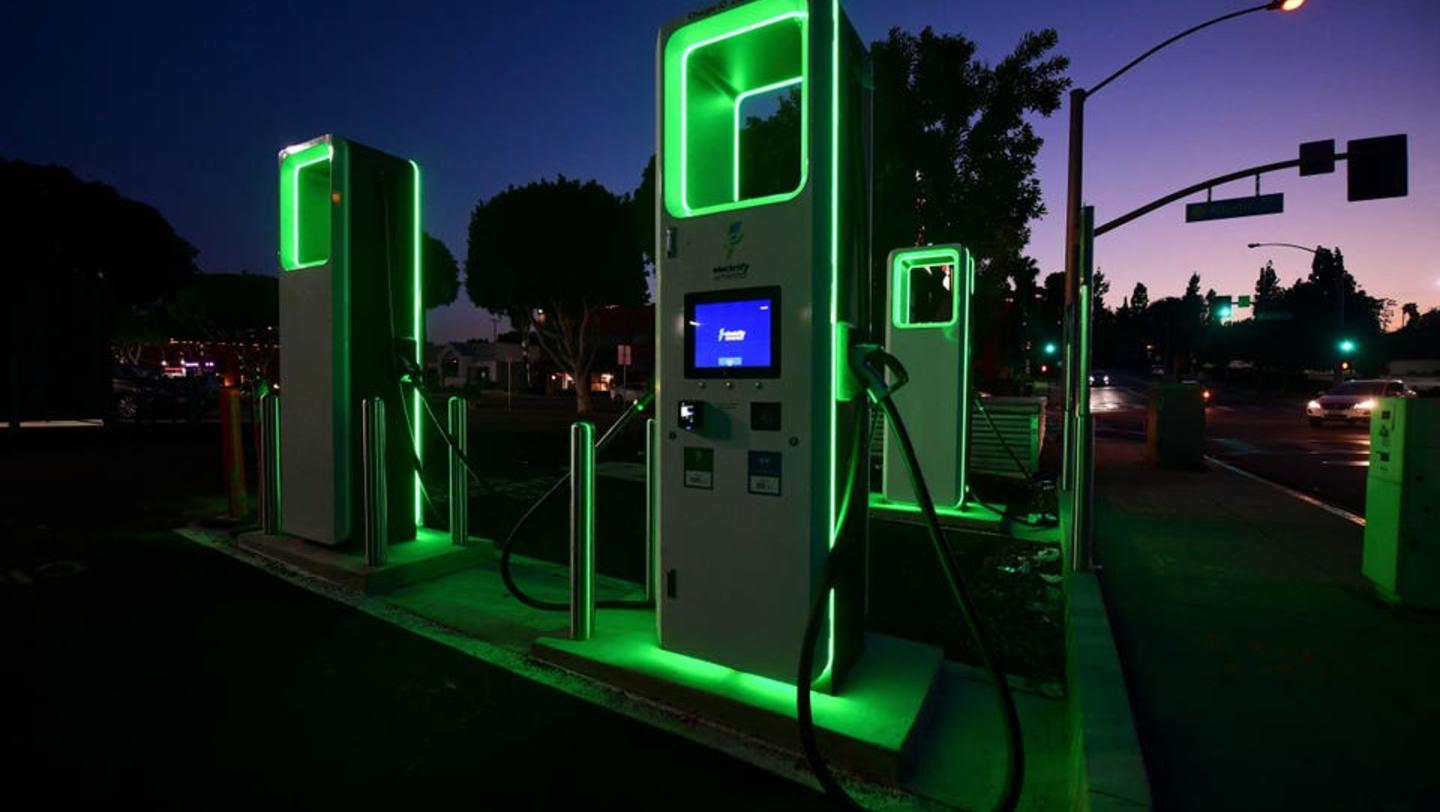The Tech Innovations We Need to Happen if We're Going to Survive Climate Change
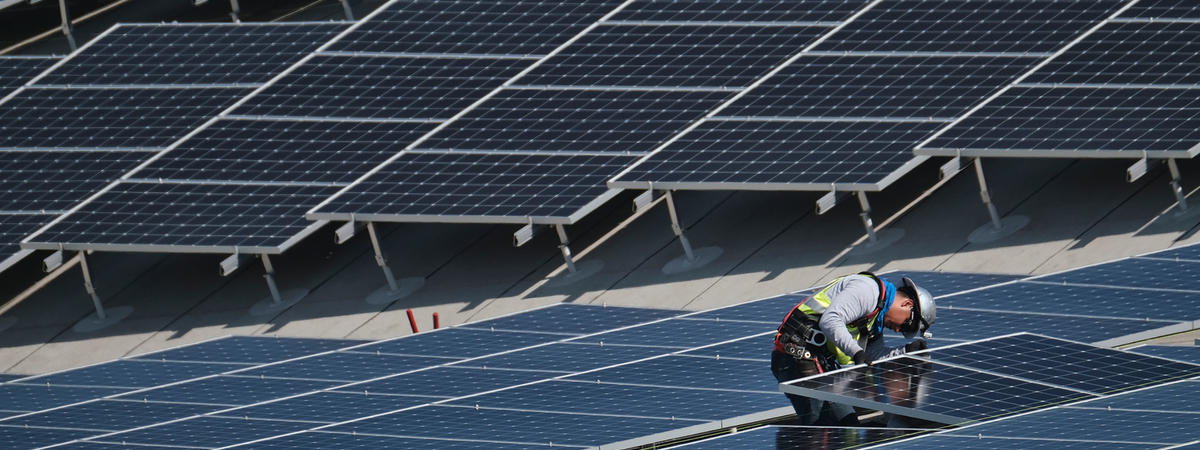
The Tech Innovations We Need to Happen if We're Going to Survive Climate Change
In this August, 2019 photo a worker installs solar panels on a roof at Van Nuys Airport in Los Angeles.
As the dangers of carbon emissions influence decision making, countries are inventing new ways of protecting our planet using eco-friendlier energy technology. This educational article from TIME presents a bird's eye view on the state of renewable energy today and how far we've come in the last 50 years.
In the 1970s, the U.S. Department of Energy poured money into making practical a miraculous technology: the ability to convert sunlight into electricity. Solar energy was a pipe dream, far too expensive and unreliable to be considered a practical power source. But yesterday’s moon shot is today’s reality. The expense of solar power has fallen more quickly than expected, with installations costing about 80% less today than a decade ago.
Alternative energy (like wind and solar) is now often cheaper than conventional energy (like coal and gas). Last year, California generated 19% of its electricity from solar power, up from less than 1% just 10 years earlier. That growth is global. Solar-energy production worldwide has increased nearly 2,000% since 2009, but the U.S. is far from the leader. Of approximately 100 gigawatts of solar generation added in 2018, China accounted for 44 and the U.S. 11.
Eliminating the carbon emitted in the production of electricity is a crucial step toward keeping the world from heating to dire levels. It is also among the most straightforward, largely thanks to the innovations of the past few decades, which were driven by a combination of ingenuity, research funding and policy incentives. Innovation is not enough to avert the worst consequences of climate change, but there are solutions at hand that are commonplace and cost-effective. We desperately need more. Here’s a look at the things engineers have checked off their list, and the sticky problems left to solve.
Today’s Renewables: Solar and Wind
The decline in the cost of solar and wind power over the past decade has transformed the energy industry. Wind capacity in the U.S. has doubled over the past 10 years and is expected to double again by 2030. Solar power is growing even faster, with total installed capacity expected to double by 2024. Together, the two technologies have helped renewables leap from 9% of the U.S.’s electricity generation in 2008 to about 17% in 2018. Ongoing research and development is leading to continuous gains in how much power they produce.
Wind operators are using artificial intelligence and improved weather forecasts to position their turbines for better performance, while solar-panel manufacturers are refining the use of new materials and processes to generate more electricity from smaller panels and drive down costs.
Improving the Grid: Interconnection and Storage
In 2019, Nevada and Washington joined California and Hawaii in committing to 100% carbon-free electricity in the next generation. Around the world, France, Sweden, Norway, Portugal and the U.K., among others, have set similar goals. Achieving that with solar and wind power alone is tricky because of their “intermittency” – the times when the sun doesn’t shine and the wind doesn’t blow.
One solution is to improve the ability to move energy from where it’s produced to where it’s consumed by building new power lines, known as interconnectors, that can move energy across long distances between regional power grids. Another is to store excess energy for later use, using batteries. Lithium-ion cells – used in mobile phones and electric cars – are the best energy-storage technology we have right now, and their use both in homes and alongside power plants is expected to grow storage capacity tenfold by 2024.
While the current storage technology works best for less than four hours, engineers are developing novel alternatives that can store energy for longer periods of time. A startup in Switzerland called Energy Vault uses surplus electricity gathered on windy days to stack large bricks into towers with automated cranes, then recaptures the kinetic energy generated when the bricks fall back to the ground. Other companies are storing electrical energy as heat in molten salt or pumping water into reservoirs for later use as hydropower.
Next-Generation Nuclear
Nuclear reactors have been providing zero-carbon power since the 1950s, and today supply 20% of the U.S.’s electricity and 11% of the globe’s. But safety and environmental concerns have increased the cost and complexity of nuclear power plants, and their construction has all but stopped in the U.S. (Only one new reactor has come online this century.) One strategy for reinvigorating the industry is to focus on smaller, simpler reactors that can be constructed in factories, produce less radioactive waste and require less day-to-day management. (Some will be designed to shut down automatically in case of disaster.)
TerraPower, a Bellevue, Wash.-based startup with backing from Bill Gates, is one of several companies aiming for commercial use in the next decade. Another, Terrestrial Energy, in Canada, is developing a design that uses molten salt to produce 195 megawatts per reactor, about one-fifth of conventional units.
But some scientists are looking even further into the future, with novel technologies. Commonwealth Fusion Systems, a startup in Cambridge, Mass., is working to use new superconducting materials to build a fusion power plant – one that creates energy by combining atoms rather than dividing them, as in traditional nuclear. The project could take decades to fully commercialize but has the potential to revolutionize electricity.

Part of a mega construction effort taking place in Southern France where countries are collaborating to create a miniature 'sun on earth' aiming to harness the benefits of fusion power, on Aug. 7, 2019 in Saint-Paul-les-Durance, France.
Managing Carbon: Sequestration
Almost all the scenarios outlined by scientists to limit the increase in global temperatures require not merely reducing the amount of carbon emitted into the atmosphere, but eliminating it. The technology to do that, known as carbon capture and sequestration, involves removing carbon from the atmosphere and either physically storing it, often underground, or leveraging natural processes that capture and store it, as trees do. Engineers have been working on the challenge for decades, but costs remain high – in part because there is no economic benefit to storing carbon.
One way to change that would be to reuse the carbon as fuel, but that only delays its release; another would be a price on carbon itself. For engineers, it is a tantalizing area of research – the ultimate moon shot – because any breakthrough in capturing carbon, reusing carbon or storing it at a large scale would mitigate the potential catastrophe of allowing it to continue to heat the atmosphere. Life could not only go on – it could go on more or less as it has.
This article was written by Andrew Blum from TIME and was legally licensed through the NewsCred publisher network. Please direct all licensing questions to [email protected].
![]()
